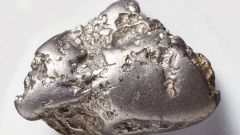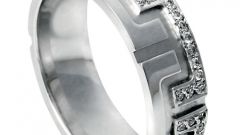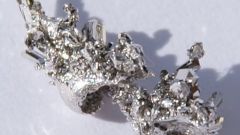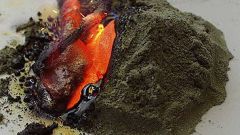It happens when the person is still some sort of family heirloom, considering it a real jewel. For example, he was able to inherit a platinum ring from a close relative. At some point, naturally there is a desire to test the nobility of its origin. Following are the simple methods of authentication of platinum in the home.
Weight of platinum
To verify the authenticity of platinum, weigh the product and compare this weight with the weight of the ornaments of the same size out of gold or silver. Platinum is much heavier than their noble brethren. If you look on the column density of metals, you will see that the heavier the platinum is only iridium and osmium. Also close is the density of rhenium and uranium.
Jewelry made of platinum are made of an alloy of 850, 900 and 950, that is, they are 85, 90 and 95% pure platinum alloy. The same gold and silver products have a much lower content of pure alloy, which once again increases the difference in weight between them and platinum. Weight of platinum similar weight metal alloys meaningless, since, in practice, Iry, osmium and uranium are not cheaper than platinum, and prevalence is hardly less common.
The resistance of platinum
Platinum is resistant to any household chemicals. This means that the platinum product, it is impossible to leave no traces of acetic acid or iodine solution or hydrogen peroxide.
Platinum does not oxidize in contact with air and water, as it is extremely inert and doesn't react to the impact of any acids or alkalis (unless heated). It dissolves only slowly in concentrated nitric and hydrochloric acid and liquid bromine.
Platinum cannot be melted by domestic burners, lighters, with the flame under ordinary gas stove or over a campfire. In any such heating of platinum does not change its color. This alloy is generally characterized by extreme refractoriness. This is one reason why platinum is so long remained inaccessible luxury for the mass industry and the jewelry industry.
The most acceptable way to determine the authenticity of platinum, is to measure its density. Simply measure the weight of the item in grams and determine the amount of water it displaces when submerged (water measure in cubic centimeters). Then measure the weight in grams and divide by obtained from the previous measurement value. If you get a figure close to 21,45, so the product is genuine.








